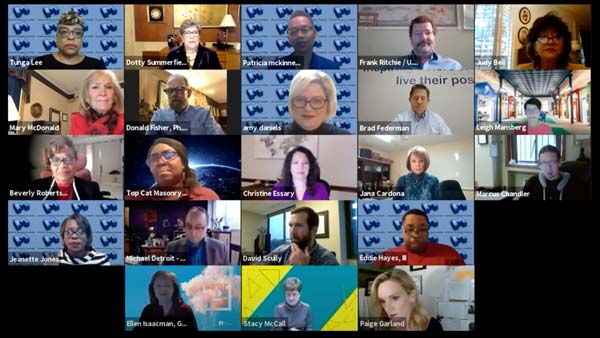Nurturing your most valuable asset.
Understanding the Challenge
Employees will struggle more than usual in any given crisis.
- During COVID-19, for example, many people were balancing work at home with children in virtual learning.
- 70% claimed the pandemic to be the most stressful time in their lives, and 94% reported lost productivity due to overall stress.
- Common hiring methods may be challenged, such as hiring in a socially-distanced world.
- Day-to-day operations may be interrupted for an indeterminate period of time.
- And businesses may need to cut back employees, either temporarily or permanently, during a crisis
Long-Term, Permanent Trends
It has often been said that while the pandemic accelerated plenty of trends in the world of work, most of them were already well underway.
The Employer/Employee loyalty relationship of the past no longer exists. More talent and resources are coming from outside of the United States, and wealth is shifting there, as well, introducing greater competition.
Talent goes where it wants – employees no longer move to the workplace. Indeed, most are going where they are being grown, no longer interested in purely transactional positions. Instead, they require personal development opportunities as well.
Know Your Top Performers
Your company’s top performers are self-starters, even if they need direction from time to time. They have the hard skills needed for the job and talent gaps. They rally the team when needed, and spontaneously and naturally take unofficial leadership roles.
They are strong communicators who regularly engage in self-reflection, demonstrate high emotional intelligence when dealing with others, and have a high work ethic and accountability.
Watch for talents and skills these employees develop on their own, as well as passions and drives. Work with employees to create growth plans and ensure managers are helping them reach goals. Don’t force employees to remain in a position that doesn’t fit them, but find a better spot.
4 Leadership Steps for When Crisis Hits
In a crisis, the CEO becomes the Chief Empathy Officer. Leadership looks like running a trauma center. As pressure swirls and problems build, keeping control means:
- Anticipate mental health challenges: Help employees manage stress, remain flexible
- Understand and help to proactively address low performance. Recognize fear and safety concerns of employees and provide resources to help them deal with it
- Become a New Leader: Be willing to initiate the difficult personal conversations we wouldn’t normally have. Model resilience by working through fear and modeling that for your employees.
- Know yourself to develop your own emotional literacy: Can I recognize my emotions in the moment? Do I know my emotional patterns? Am I navigating through my emotions consciously? If I’m angry, can I move myself to a better emotion to work with? Do I have optimism? Do I know how to increase empathy?
Reimagine resilience.
Let’s Connect
Whether a suggestion or comment, a question on your mind, or a request for additional resources, we can help – and we want to hear from you.









